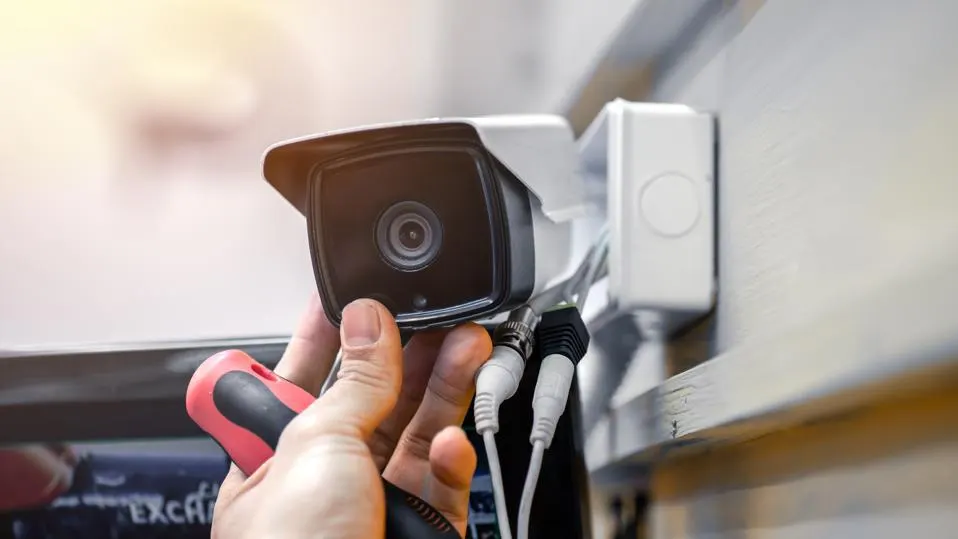
In the modern era, ensuring the safety of our premises is more crucial than ever. With the evolution of technology, various security measures have been developed to safeguard homes, businesses, and public spaces. Among these, CCTV (Closed-Circuit Television) and security systems stand out as significant components of modern protection strategies. Understanding the difference between these two can help individuals and organizations make informed decisions regarding their security needs. This blog post delves into the nuances of CCTV and protection framework, providing valuable insights into their components, functionality, and how they complement each other in enhancing protection.
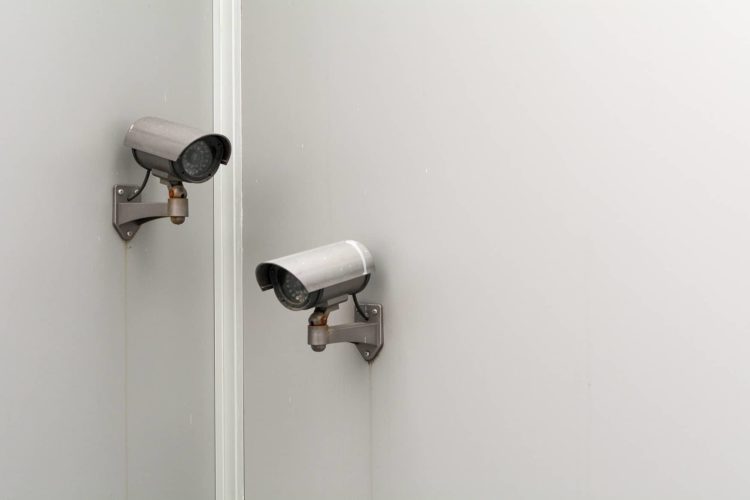
Understanding the Basics: CCTV vs. Security Systems
CCTV and security systems are often mentioned in the same breath, yet they serve distinct functions in the realm of security. CCTV refers to a system of video cameras transmitting signals to a specific set of monitors, focusing on surveillance and monitoring activities within a designated area. On the other hand, protection systems encompass a broader range of components and functionalities, including intrusion detection, access control, and alarm frameworks, in addition to CCTV. The primary distinction lies in their scope; while CCTV is a component of surveillance, security systems offer a comprehensive approach to safeguarding against various threats.
Components and Functionality of CCTV
CCTV systems are composed of key elements: cameras, monitors, and recording devices. The cameras capture visual data, which is then transmitted to monitors for live viewing or to recording devices for future reference. These systems can vary in complexity, from simple setups with a few cameras and a single monitor to expansive networks with high-definition cameras, advanced zoom capabilities, and motion detection features. Security & CCTV frameworks functionality revolves around monitoring activities, deterring unauthorized actions through visible surveillance, and providing recorded evidence of incidents.
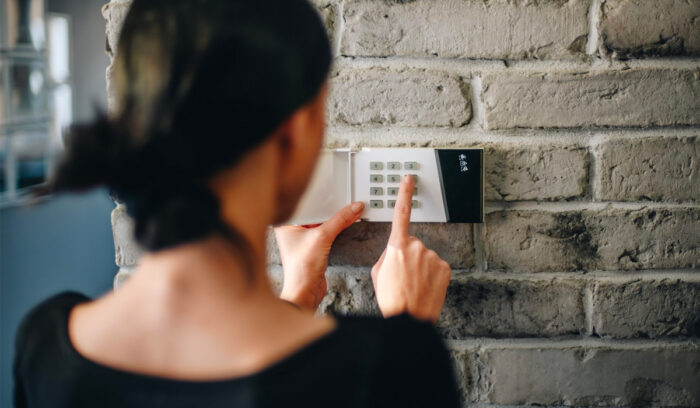
Exploring the Scope of Security Systems
Security systems extend beyond visual surveillance, incorporating various technologies to create a multi-layered defense mechanism. These frameworks can include alarm systems that trigger alerts in case of unauthorized access, motion sensors that detect movement, smoke detectors for fire safety, and access control systems that manage entry to restricted areas. The integration of these components provides a holistic approach to protection, addressing a wide range of potential threats from burglary to environmental hazards.
Distinguishing Features of CCTV
CCTV’s distinguishing feature is its focus on surveillance and the visual monitoring of spaces. It excels in providing real-time and recorded footage of specific areas, which is crucial for identifying unauthorized activities, monitoring crowd movements, and investigating incidents. Advanced CCTV systems also offer features like night vision, facial recognition, and automatic number-plate recognition, enhancing their surveillance capabilities. This emphasis on visual observation makes CCTV an essential component of security strategies that prioritize situational awareness.
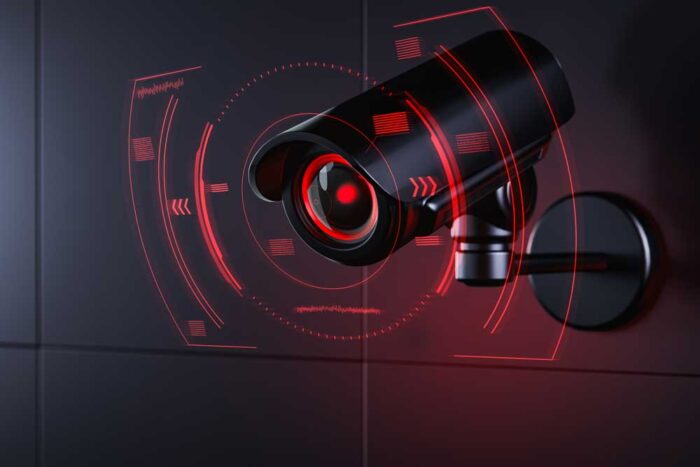
How Security Systems Enhance Protection
Security systems enhance protection by integrating various protection measures into a cohesive framework. By combining CCTV with intrusion detection systems, access controls, and alarms, these frameworks offer comprehensive coverage that addresses multiple security concerns. This integrated approach ensures that any potential breach triggers a coordinated response, from recording the incident with CCTV to alerting protection personnel and authorities through alarms. The synergy between different components maximizes the effectiveness of security measures, providing a robust defense against a wide array of threats.
CCTV: Surveillance at its Core
At its core, CCTV is about surveillance. It serves as the eyes of a protection system, offering continuous observation of designated areas. This capability is invaluable for crime prevention, as the presence of cameras can deter potential offenders. Additionally, CCTV plays a critical role in incident response and investigation, providing clear visuals that can help in identifying perpetrators and understanding the dynamics of a security breach. Its role in surveillance is foundational to modern protection strategies, offering both a deterrent effect and a means for post-incident analysis.
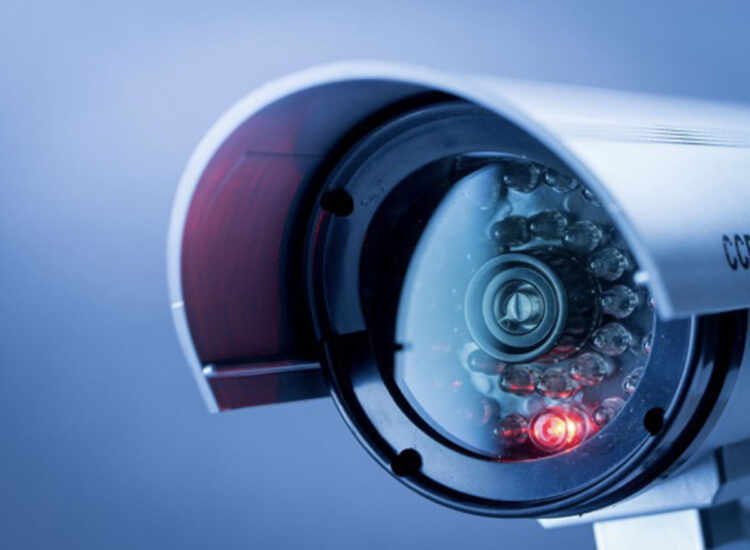
Integrating CCTV into Security Systems
The integration of CCTV into security frameworks signifies a move towards comprehensive security solutions. When CCTV is combined with other protection components, such as intrusion detection and access control, it enhances the system’s overall effectiveness. This integration allows for real-time monitoring of alarms and immediate visual assessment of threats, facilitating a rapid response. Moreover, it enables the creation of sophisticated protection setups where video analytics can trigger alerts or actions, such as locking doors or activating floodlights, further enhancing security measures.
Real-Time Monitoring with CCTV
Real-time monitoring is a standout feature of CCTV systems, allowing for immediate awareness of activities within the monitored area. This capability is crucial for protection personnel, enabling them to react swiftly to any suspicious behavior or incidents. Real-time monitoring also facilitates remote surveillance, where operators can oversee multiple locations from a central control room, increasing the efficiency of security operations and ensuring a prompt response to any protection breaches.

Comprehensive Security Solutions: The Role of Systems
Security systems offer comprehensive solutions by addressing various aspects of protection. Through the integration of CCTV, alarm systems, access control, and other protection technologies, these frameworks provide a layered defense that is much more difficult for intruders to bypass. The role of protection framework is to create an environment where the various components work in harmony to prevent unauthorized access, detect potential threats, and respond appropriately to any incidents, ensuring the safety and security of the premises.
Flexibility and Customization: Security System Options
One of the key advantages of security systems is their flexibility and customization options. Depending on the specific needs and vulnerabilities of a location, protection systems can be tailored to address those concerns effectively. From selecting the type of cameras for CCTV to configuring the sensitivity of motion detectors and customizing access control protocols, these frameworks can be designed to meet the unique requirements of any premises, providing a personalized approach to protection.
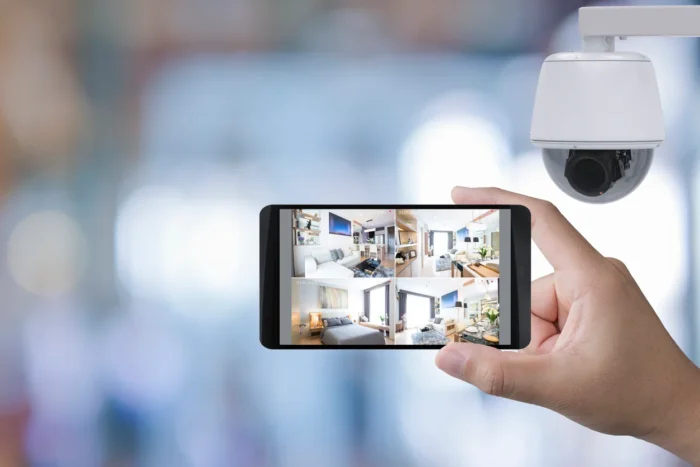
Managing Data: CCTV vs. Security System Storage
Data management and storage are critical considerations for both CCTV and broader security systems. CCTV systems require efficient storage solutions to handle the large volumes of video data they generate, often employing on-site or cloud-based storage with capabilities for easy retrieval and analysis. Protection networks, dealing with a variety of data types from different components, require robust data management practices to ensure that all information is securely stored, easily accessible, and protected against unauthorized access. The difference lies in the type and volume of data each system manages, necessitating tailored solutions for effective data handling.
Making the Choice: Factors to Consider
Choosing between CCTV and a comprehensive security system involves considering various factors, including the specific protection needs of the premises, budget constraints, and the desired level of protection. For areas requiring visual monitoring and evidence collection, CCTV might be sufficient. However, for those needing a broader range of protection against multiple threats, a full security networks with integrated CCTV is advisable. The decision should be based on a thorough assessment of potential risks, the criticality of assets being protected, and the objective of the protection strategy.










